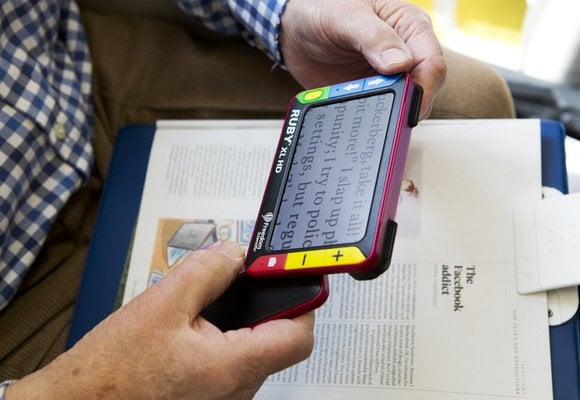About Louis Braille
Louis lost his sight in a childhood accident. At age 10, he was sent to the Royal Institution for Blind Youth. It was at this Institute in 1821 that Louis was first introduced to the idea of using a coded system of raised dots.
Charles Barbier, a captain in Napoleon's army, visited the school to demonstrate his "night writing". This was a tactile system designed for soldiers to send and receive messages at night without speaking. It used raised dots and dashes rather than actual letters.
Finding the code
Louis quickly realised how useful Barbier's system could be, but thought it was too complicated. Over the following years he worked hard to develop his own version of the code, using just six dots (instead of Barbier's 12), arranged in two columns of three dots just like a domino to represent the standard alphabet.
By 1824, aged just 15 years old, Louis had found 63 ways to use a six-dot cell in an area no larger than a fingertip. He had also perfected his "planchette" or writing slate, which gave precise placing for the pattern of raised dots when writing braille.
He went on to develop signs for mathematics and even music.
It took two years after his death for his code, by now referred to as braille, to be adopted as the official communications system for blind people in France.
If you would like to learn more about the Louis Braille Story, then you can listen to a Radio 4 programme on his life, featuring the politician David Blunkett. There are also various books available in the RNIB Library.
Resistance to braille
While the use of braille spread to many countries, it continued to encounter strong resistance. This is thought to be because braille didn't look like print, and therefore wasn't easy for sighted people to read.








